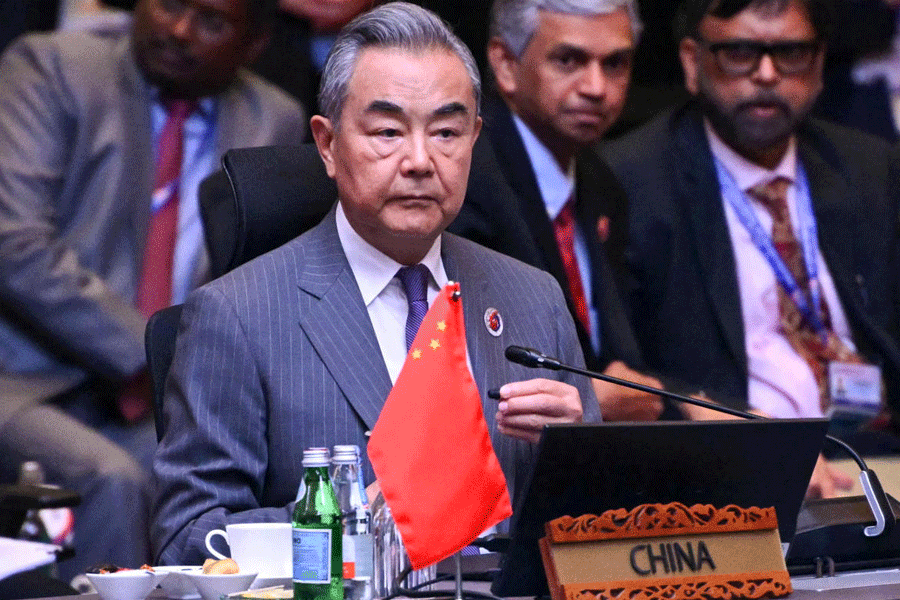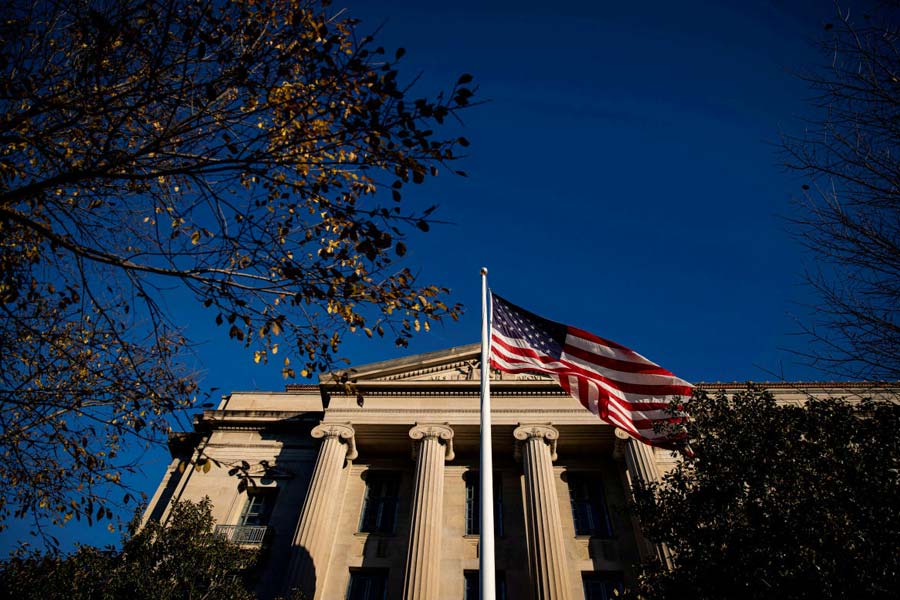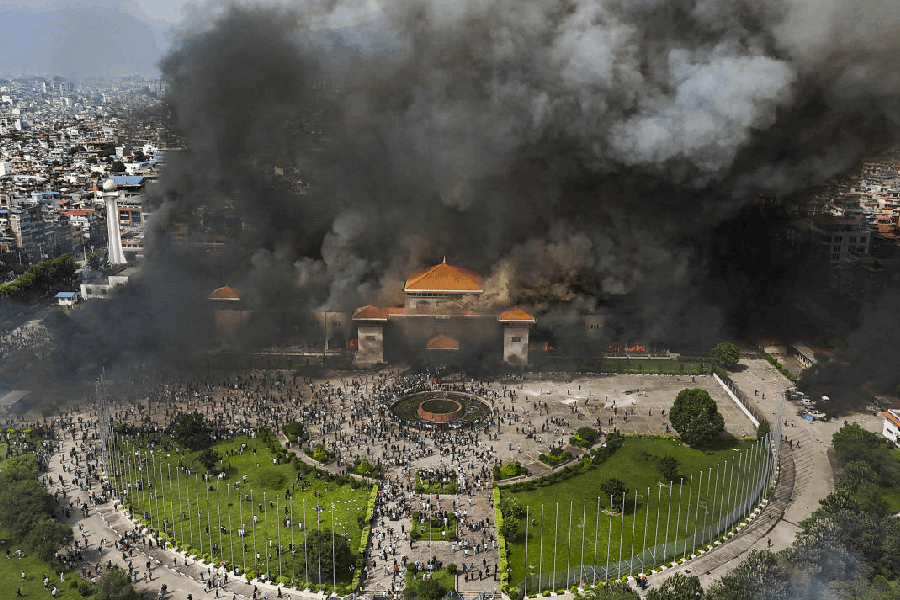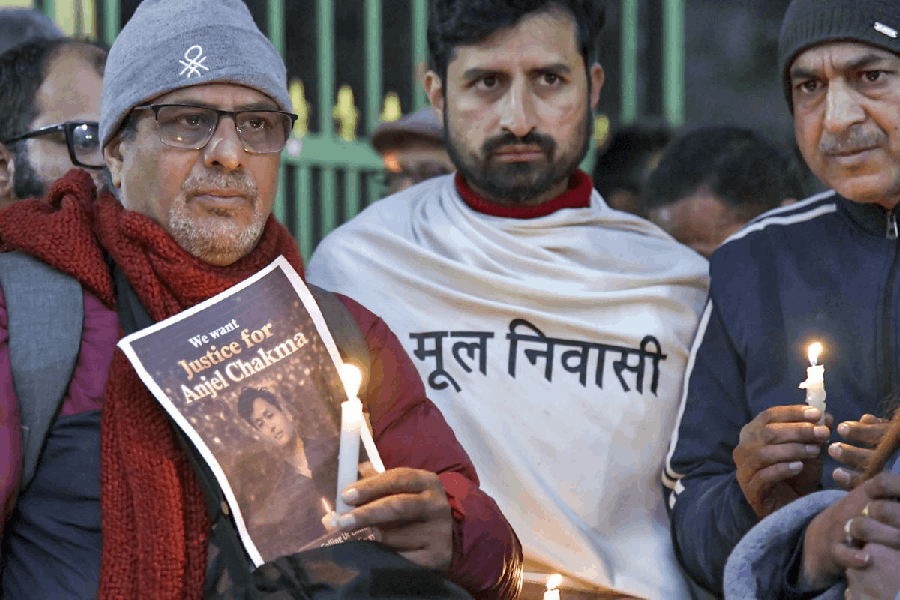|
|
| Father of espionage |
Her majesty’s Spymaster: Elizabeth I, Sir Francis Walsingham, and the Birth of Modern British Espionage
By Stephen Budiansky,
Viking, $ 19.95
Ian Fleming called him M. John le Carre gave him the name Control. In reality he is called C, which is how the founder of the British intelligence services, Mansfield Cumming, was referred to in his time. But C had a forbearer: Sir Francis Walsingham, who masterminded intelligence operations during the reign of Elizabeth I. Stephen Budiansky, in this very racy book, retrieves the career of Walsingham for the general reader. For those familiar with the detailed history of the reign of Elizabeth I, there will be nothing new in this book. But it is not aimed at the specialist. However, Budiansky does not take liberties with facts or try to simplify complex bits of history.
If James Bond and George Smiley flourished in the Cold War, Walsingham?s milieu was set by the hot war between the Catholics and the Protestants in 16th-century Europe. England was at the heart of this war and at the receiving end of Catholic conspiracies to destabilize the English monarchy. Within England, during a brief Catholic interlude when Mary Tudor was queen, there had been widespread violence against Protestants. France, a Catholic country, had witnessed a massacre of the Huguenot in 1572. Walsingham, as Elizabeth?s ambassador to France, had witnessed that massacre. He was convinced that the biggest threat to England was Catholicism. When he came back to England, Walsingham was appointed Principal Secretary to Elizabeth, succeeding his patron and mentor William Cecil.
The last decades of the 16th century were testing times for Elizabeth and her secretary. The cloud of a Catholic conspiracy sponsored by the Spanish emperor and the Pope loomed large. The conspirators had in Mary Queen of Scots, Elizabeth?s half sister and an exile from Scotland, a potential rallying point. Walsingham, by acting covertly against conspiring Catholics, made his mark as the pioneer of counter-intelligence. He used his position to establish a network of spies and espionage.
Walsingham?s web of spies was spread across every European court and he had a series of ?moles? among the Catholics. They helped Walsingham intercept Mary?s secret correspondence with the French and the Spanish and her co-plotters within England. This led to the exposure of what has come to be known as the Throckmorton plot, aimed at organizing a Catholic invasion of England, the removal of Elizabeth and the crowning of Mary.
The other plot that Walsingham aborted was the Babington Plot. Anthony Babington was a wealthy, somewhat-romantically-inclined Catholic youth, in clandestine communication with Mary. Walsingham knew about it as he had been reading the letters before they reached their destinations. At the appropriate time, he exposed the whole thing, and won his coveted prize: the trial of Mary Queen of Scots and her eventual execution.
If the aim of espionage is to prevent warfare, then Walsingham had failed, since by the mid-1580s, England was at open war with Spain, ending with the defeat of the Spanish Armada in 1588. Walsingham died in 1590 when England was free from the threat of Catholic insurgency and invasion.
Budiansky has constructed a credible narrative around Walsingham?s life and times. It is a well-told story of a superlative spymaster. Walsingham, though very unwell for the better part of his working life, had the slow burning energies of an agent runner; and the rare sense of balance in the playing of double agents; above all, he excelled in using intelligence to make political capital. He was C long before the first C was born.












